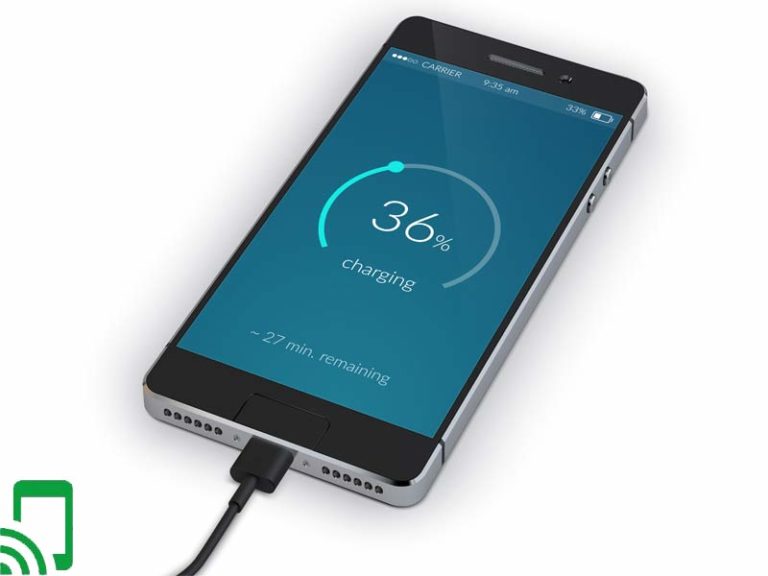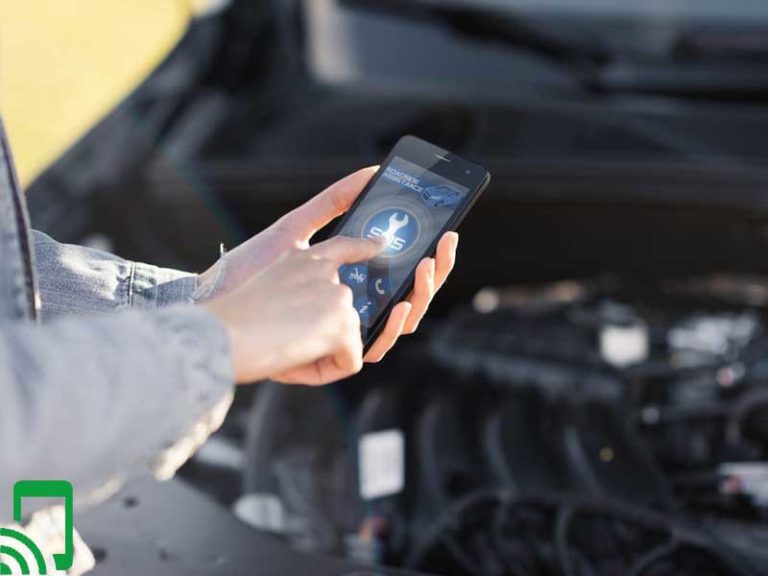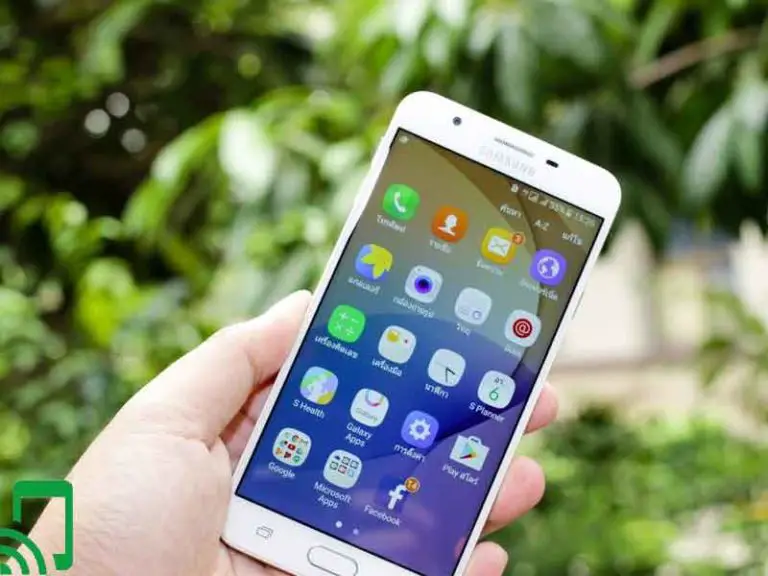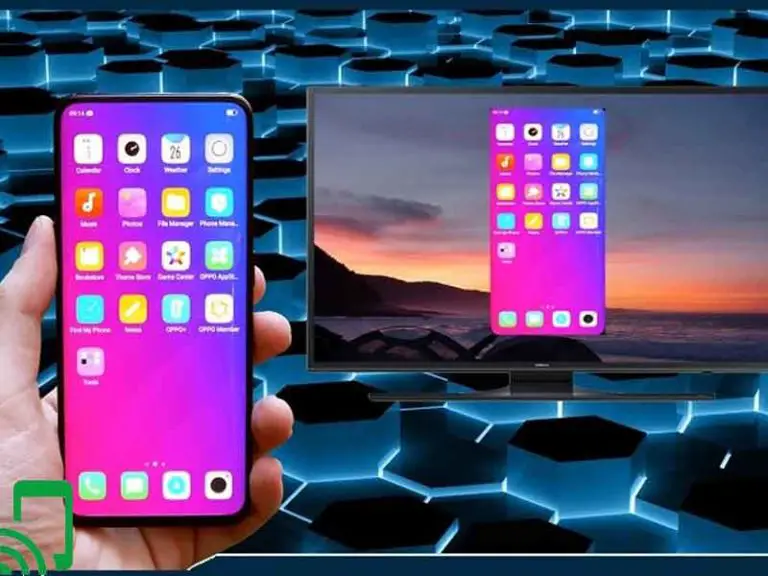Homemade Cell Phone Signal Booster – A Complete Guideline
In some areas, cell phone signal reception can be a major problem. What is more disappointing is that you are paying for the cell phone plan and in return, you get poor cellular coverage in your area despite the service provider claiming to offer nationwide coverage. These low signals can, in turn, lead to dropped calls, slow internet connection and a delay in sending and receiving text messages. What if I told you that it is possible to make a homemade cell phone signal booster? Let’s find out more!!
We know cell phone boosters are commercially available but can be quite expensive. A cheap cell phone signal booster costs around $160 at several retail stores but if you can’t afford one, it does not mean you have to get stuck with poor signals. Many people have made their own cell signal boosters and it seems to work fine for them and even some utilized them to work as a portable cell phone signal booster for a car.
The homemade cell phone booster is very simple to make and does its work just like a normal cell phone signal booster for home. Our focus on this article will revolve around building the cell phone signal booster, how to register it with your service provider and whether it should be verified by the FCC. You will also get to learn whether it will cause network interference for other service providers and some cons of this homemade cell phone signal booster. Read below to learn more!!
How to Make a Homemade cell phone signal booster?
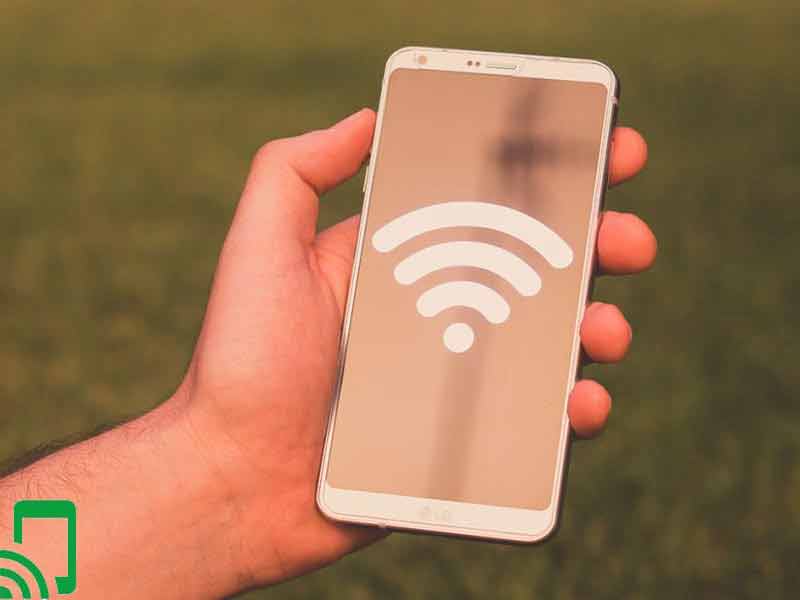
Step 1: Requirements
Before we get started, you will be required to outsource some materials to be used in creating the homemade cell phone signal booster.
The following is required:
- Connector blocks
- Water pipe
- A container (plastic preferably)
- Coaxial cable (10m)
- Iron wire (40 cm long)
- Bolt and nut
- Pliers
- Pigtail connector
You can find these items at your local electrical store at a very affordable price. Once you have them, below are the simple steps you can follow to make the booster:
Step 2: Create an Antenna
This step involves the use of the iron wire. Use pliers to bend the iron wire at 90 degrees to a point it forms a square shape. The distance between the first two bends should be 9 cm and then measure 8 cm after each bend. At the end of the 90 degrees bend for the 8 cm, bend the wire inwards whereby you will install the connector block.
After that, take the water pipe and cut it into half. Make a hole in the center which needs to be big enough for a bolt to go through them. Put the bolt in the hole and install the antenna on top after which you will use a nut to tighten it.
Step 3: Connect the coaxial cable
The coaxial cable helps to conduct an electrical signal using an inner conductor. To connect it, separate the inner and outer wires. The inner wire should be connected to one side and the other wire should be connected to the other side of the block respectively.
Step 4: Connect the pigtail connector to the antenna
After creating the antenna, make sure to connect the pigtail connector to your cell phone antenna’s port. The other pigtail connector should be able to fit on your phone’s charging port.
Step 5: Set up a signal
Since there are many cell towers in different directions, you will need to tilt the antenna until you get a suitable signal for your device.
Precautions when making your homemade cell phone booster?
Building your own cell phone signal booster can be very simple but at the same time it may mess you up pretty bad. Before making the booster here is what you need to know:
1) Get original materials
Make sure the materials required to make the boosters are original. This is to avoid issues with regards to still getting poor signals despite following the right procedure. The original materials will also help to avoid damaging your phone especially if you are connecting the pigtail connector directly from your phone
2) Consult if you are not sure
If a process seems quite complex for you, you can consult a local technician. They will be able to help you set-up the homemade booster at a small fee.
3) Avoid connecting it to electricity
The simple Homemade booster does not require you to connect the booster directly to electricity. It uses your phone’s port to power up the antenna so that it is able to replicate signals to your device. Connecting it to direct current with the open cables may ruin your phone.
Should you register your Homemade cell phone signal booster?
The DIY cell phone booster does not require you to register it to your service provider. The signal booster is most likely no to cause any network interference since it works with only one device at a time.
Clear guidelines on registering homemade boosters have not yet been established by the FCC and mobile carriers across the US. However, if you receive a phone call telling you that the booster is causing network interference, then it is advisable to not use the homemade booster but rather buy a verified cell phone signal booster.
In the coming years, hopefully, the mobile carriers may come up with a suitable way to register the self-made boosters.
What do people say about the homemade cell phone signal boosters?
The number of people making their own boosters is far less compared to those buying the boosters. However, people claim that the boosters seem to work perfectly for them and haven’t had trouble with the FCC or the mobile service provider.
However, other people also claim that the boosters are hard to set-up and it requires a lot of technical jargon to get through it.
If you find the process, you should consider buying a cell phone signal booster. There are many affordable boosters you can buy from some stores like Amazon, Walmart and they come with a full installation kit plus documentation.
Benefits of homemade cell phone signal boosters
Homemade cell phone boosters have some great benefits which include;
i) Affordability
One main perk of the homemade cell phone booster is that it is very affordable. This is because of the cheap raw materials and some you can outsource in your garage hence spending very little money.
ii) Easy to set-up
The steps mentioned above are easy to follow. Once you have the right materials, the installation process is very simple to do.
iii) Can be portable
With the fewer tools required to make the booster, you will never have to worry about carrying the booster around. It can be a good portable cell phone signal booster for your car.
iv) Easy to maintain and repair
The booster is very simple to maintain and repair. If it is not working, you can easily dismantle the wires and check to see if everything is okay.
v) Works on many devices
Whether you are looking for an Android or iPhone cell phone signal booster this homemade booster will help boost your cellular signals. If the booster does not work, you can opt to buy a ready made booster.
Cons of homemade cell phone signal booster?
Despite the much upload of these boosters, they also have some dark sides which include:
i) Can only work on one device
The homemade booster may only work with only one device at a time. This is because of the pigtail connector that runs from the antenna straight to the device.
ii) It is volatile
The booster may give mixed-signal variations especially if you move from one place to another. If you know the direction of your cellular tower, you can be able to overcome this cone since you only have to point the antenna to that tower.
iii) You may have issues with the FCC
If your booster can cause cellular network interruption, you may be required to verify the device with the FCC or simply be requested to buy an FCC verified booster. The homemade booster can still be used at your own risk but make sure to understand the FCC regulations to avoid any trouble with them.
iv) Unfriendly user interface
You may find trouble connecting the device to your phone if you are not a technical person when it comes to electronics. However, you can consult a technician to help you out.
Bottom Line
The homemade cell phone signal booster is a good option if you are looking to get a cheap cell phone booster for home. They are easy to make and have a long-lasting timeline compared to some boosters. However, they still lag behind when it comes to wireless connections since they boost the signal with the help of a pigtail connector. If you find it simple to construct and you are sure to comply with the FCC regulations, then a homemade booster may be the right option for you!!

